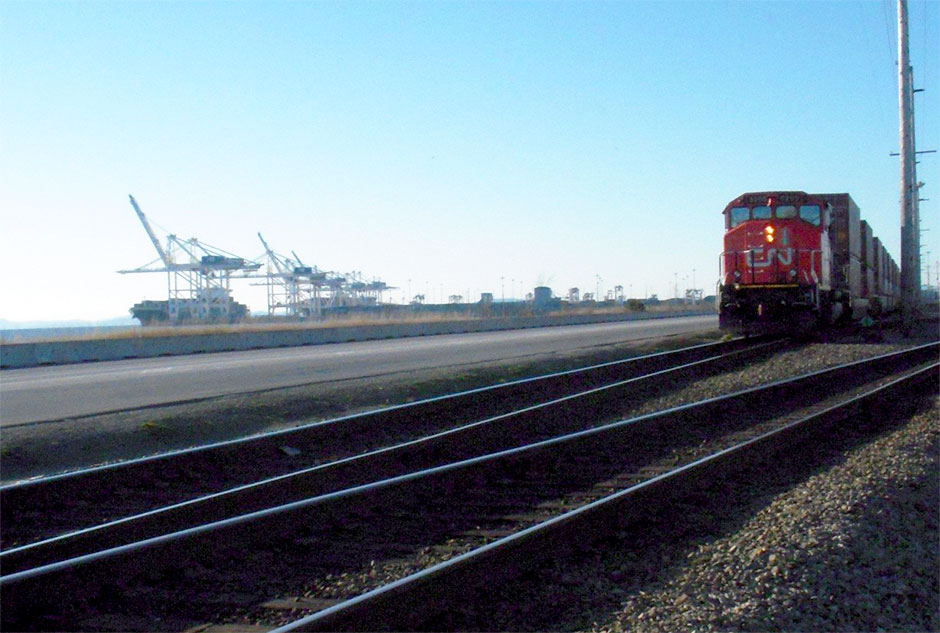Davies Transportation Consulting Inc., in collaboration with Steve Hayto of S5 Services, Norm Hooper of Hooper Engineering, and Darryl Anderson of Wave Point Consulting undertook this project for Transport Canada Economic Analysis. The scope of the project included analysis of current rail activity, including estimation of average train lengths and trains per day on specific segments of the rail network, and developing/updating the measure of rail network “capacity” in the Lower Mainland area that can be generated from existing data sources within Transport Canada and other associated stake holders. Recommendations on methodology for monitoring Lower Mainland rail activity and evaluating rail network capacity were also provided.
The Lower Mainland rail network can be divided into three primary corridors accessing the three major marine terminal clusters at the Port of Vancouver: (1) the Roberts Bank Rail Corridor accessing Deltaport and the Westshore Terminals on Roberts Bank; (2) the South Shore Rail Corridor accessing terminals on the South Shore of Burrard Inlet; and (3) the North Shore Rail Corridor accessing terminals on the North Shore of Burrard Inlet. The network also includes: (4) a North-South rail corridor between Vancouver and the Canada-US border, known as the Burlington Northern Santa Fe (BNSF) mainline, which provides railway access to the Greater Vancouver industrial network from the south; and (5) the Fraser River Trade Area Corridor, which provides access to the marine terminals on the Fraser River, including Fraser Surrey Docks and Annacis Auto Terminal.
Estimates for the number of trains per day were developed for specific traffic segments including unit trains, grain trains, manifest trains, and passenger trains. Train number for each type of train were assigned to specific railway line segments based on commodities, origins and destinations.
Previous studies on Lower Mainland rail capacity were highlighted, historical congestion points in the rail network were identified, current capacity utilization by track segment was assessed, and recommendations for further study were provided.


